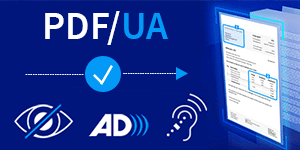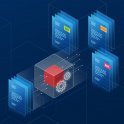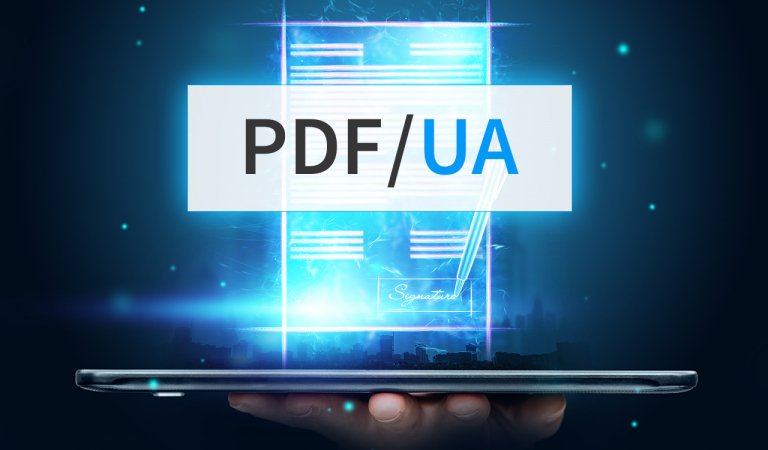- Many were created without regard to accessibility standards
- They are often stored in formats that cannot be supported and read by common tools (e.g. PDF or AFP)
- They do not meet the current Section 508 compliance requirements and the current corporate design guidelines
The aim must be to establish an infrastructure that automatically and securely converts all archive document types into digital accessible PDF/UA and accessible HTML5. Three central approaches are conceivable.
1. Full migration of archive documents
Full migration involves transferring all archived documents to a new, future-proof archiving system. The advantages are the standardization of data storage, improved search and access options and the fulfillment of current compliance requirements.
2. Demand-oriented document conversion
Documents are converted individually and "on demand" into accessible PDF/UA. This method enables a flexible and resource-saving approach in which only the documents that are currently required are converted. This significantly reduces costs and effort compared to full migration.
3. Flexible conversion strategy for archive documents
A combination of both options is also conceivable. For example, a company could convert older documents as required and transfer "dynamic documents", which are subject to frequent changes, to a new PDF/UA archive to make them more easily accessible.






